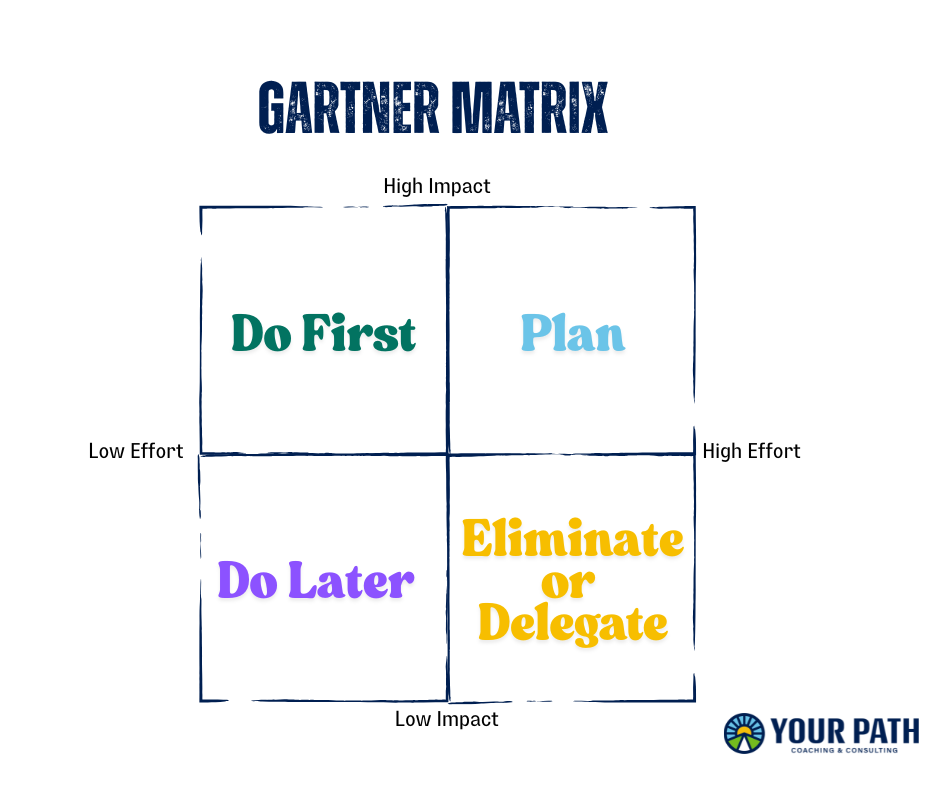- Your Path Counseling Center

- Aug 20
- 3 min read
Updated: Aug 22
The end of summer brings a familiar shift in rhythm: shorter days, a crispness in the air, and for many, a significant change in the daily routine as the school year begins. For parents, caregivers, and even those without children, this season signifies a considerable shift. From altered commutes to a household buzzing with new schedules and responsibilities, this isn't just about kids getting back to class. For adults with ADHD, this transition can be a significant source of disruption, subtly undermining your focus and productivity at work.

The ADHD Brain's Summer Break
For many with ADHD, the relaxed pace of summer offers a much-needed break from rigid structures. The absence of school-related schedules like morning bus runs, homework supervision, or juggling extracurricular activities can feel like a weight lifted. The greater sense of calm is because executive dysfunction, the term for the brain's struggles with planning, organizing, and managing tasks, is less taxed when you have fewer things you are responsible for doing. The routine, or lack thereof, fits your brain's natural tendency for spontaneity and flexibility.
However, this period of low demand can make the abrupt return to a highly structured back-to-school schedule all the more jarring. It's like going from a gentle, meandering stream to a fast-flowing river; the change in current can be challenging to navigate.
The Back-to-School Disruption: Identifying the Impact
The start of the school year introduces a host of new variables that can throw off your internal equilibrium. These aren't just minor inconveniences; they're triggers for ADHD symptoms that can directly affect your professional life.
Morning Chaos: The morning rush is a prime example. The need to get kids dressed, fed, and out the door on time adds a layer of complexity to your pre-work routine. Added complexity can lead to increased time blindness and feelings of being rushed or overwhelmed, causing you to arrive at work flustered and disorganized.
Mental Bandwidth Depletion: The mental energy required to manage new school schedules, creating space to help your children adjust to being back in school, and planning for school holidays leaves less cognitive bandwidth for your job. You may find yourself more easily distracted, making more careless errors, and struggling to stay on task.
The Procrastination Spiral: Without a stable morning routine to anchor your day, you might experience a surge in procrastination. Tasks that feel overwhelming, like starting a new project or tackling a complex report, are pushed off, leading to a backlog of work and increased stress.
Increased Emotional Dysregulation: When your external environment feels out of control, it can be harder to manage your internal emotional state. You might find yourself more irritable with colleagues, more sensitive to feedback, or experiencing a general sense of unease or anxiety throughout the day.
Rebuilding Your Structure: Strategies for the School Year
Navigating this transition requires a proactive and compassionate approach. You can't control the school calendar, but you can control how you respond to it.
Establish a "Launchpad": Create a dedicated, visible area near your door for everything you and your family need in the morning—keys, bags, lunches, and homework. Organizing minimizes the risk of losing things in the morning rush.
Digital Is Your Friend: Use digital calendars with shared access for family schedules. Set reminders for key events, like parent-teacher conferences or early dismissal days. Calendarizing externalizes the need to remember every detail.
Pre-emptive Planning: The night before, pack lunches, lay out clothes, and prepare as much as you can. This simple habit can dramatically reduce morning chaos and emotional strain.
Communicate and Delegate: If possible, divide back-to-school responsibilities with a partner or friend. Even if it's just alternating pickup or drop off duties, it can free up valuable time and mental space.
Be Kind to Yourself: Understand that perfection is not the goal. Some days will be smoother than others. Acknowledge the challenge of the transition and celebrate small victories, like getting out the door on time or finishing a difficult task at work.
If you found these tips helpful, sign up for our newsletter. We provide tips once a month to help adults with ADHD find success at work and home.

















